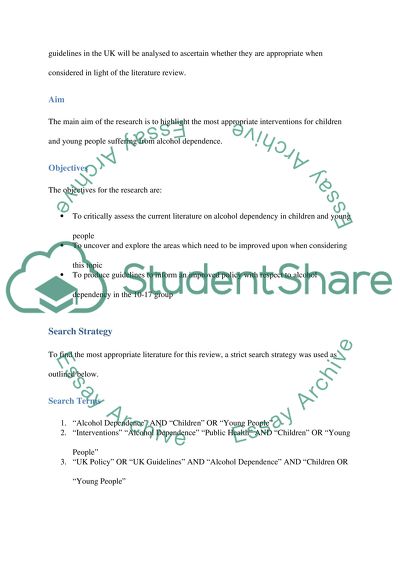Cite this document
(Interventions for Alcohol Dependency in Children and Young People Research Proposal, n.d.)
Interventions for Alcohol Dependency in Children and Young People Research Proposal. Retrieved from https://studentshare.org/social-science/1604032-critical-review-of-literature
Interventions for Alcohol Dependency in Children and Young People Research Proposal. Retrieved from https://studentshare.org/social-science/1604032-critical-review-of-literature
(Interventions for Alcohol Dependency in Children and Young People Research Proposal)
Interventions for Alcohol Dependency in Children and Young People Research Proposal. https://studentshare.org/social-science/1604032-critical-review-of-literature.
Interventions for Alcohol Dependency in Children and Young People Research Proposal. https://studentshare.org/social-science/1604032-critical-review-of-literature.
“Interventions for Alcohol Dependency in Children and Young People Research Proposal”. https://studentshare.org/social-science/1604032-critical-review-of-literature.


